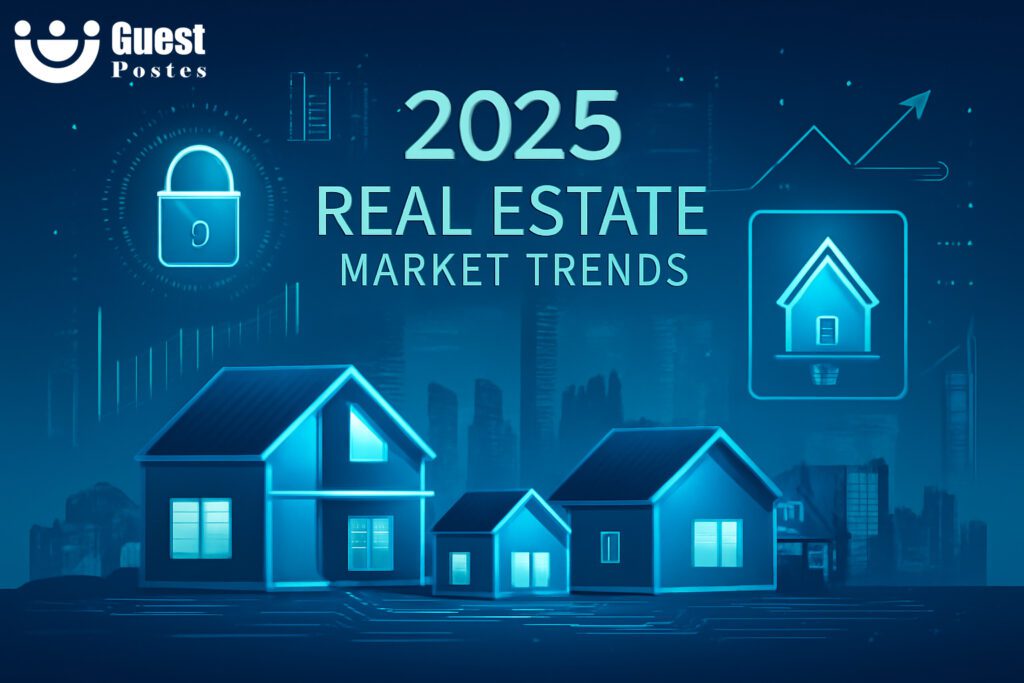
The Future of Housing: Trends Shaping the Real Estate Market in 2025
1. Price Growth Slows—But Remains Upward
-
Home prices continue to rise, but at a more moderate pace. In the U.S., most forecasts expect median price appreciation of 2.5–4% in 2025. Goldman Sachs is on the optimistic end (+4.4%), Moody’s more conservative (+0.3%), but nearly all analysts agree: prices aren’t falling nationally, but growth is subdued compared to recent years.
-
In India, the situation is more robust, with home prices in major cities projected to rise by 6.5% in 2025, driven by high demand in both the luxury and affordable segments.
2. Mortgage Rates Remain High
-
U.S. mortgage rates are stubbornly high, averaging 6.4–7% through most of 2025. This keeps affordability a challenge in many markets and is likely to keep homeownership out of reach for many would-be buyers, pushing more people to rent instead.
-
India is also grappling with affordability issues—wage growth is not keeping pace with rising prices, making entry-level homes especially challenging for middle-income buyers.
3. Rental Markets Heat Up
-
As homeownership stays out of reach for some, rental demand rises. U.S. rents are expected to flatten or see only marginal growth, but in India’s major urban centers, rents could surge 7–10% in 2025.
4. Inventory & Supply Dynamics
-
The U.S. housing market is seeing a rebound in inventory: homes for sale are up nearly 17% year-over-year, although supply remains below historical averages.
-
India continues to witness a shortage in new affordable housing while luxury housing supply expands, and new launches are robust.
5. Tech & Sustainability Take Center Stage
-
Technology is transforming how homes are built, sold, and managed. Smart home features—remote-controlled appliances, lighting, temperature, and security—are standard in new projects, especially in affordable housing developments that emphasize energy efficiency.
-
Sustainability is a major driving force in both mature and emerging markets. Developers are adopting recycled and sustainable building materials, solar power, and energy-efficient design features to meet new buyer and regulatory expectations.
-
Modular construction and pre-fabricated housing techniques boost speed and cost efficiency, enabling faster responses to changing demand.
6. Flexible, Custom & Community-Focused Living Spaces
-
Demand for customized and flexible living spaces is a defining trend. Buyers—especially in India’s rising affluent class—want more flexible layouts, personalization, and community amenities in their homes.
-
Community-focused designs are on the rise globally: shared workspaces, gardens, and recreation areas foster better social connections in new housing developments.
7. Policy & Macro Forces
-
Aggressive government interventions—such as the Pradhan Mantri Awas Yojana in India and local housing production reforms in the U.S.—continue to shape the housing landscape, aiming to expand access and streamline construction.
In Summary
2025’s real estate market is a story of resilience, innovation, and adaptation. Housing prices continue to rise, if more modestly; rental markets are expanding; and affordability pressures are driving demand for both innovation and policy reform. Technology, sustainability, and customization are at the heart of new developments, shaping the future of how and where we live.






